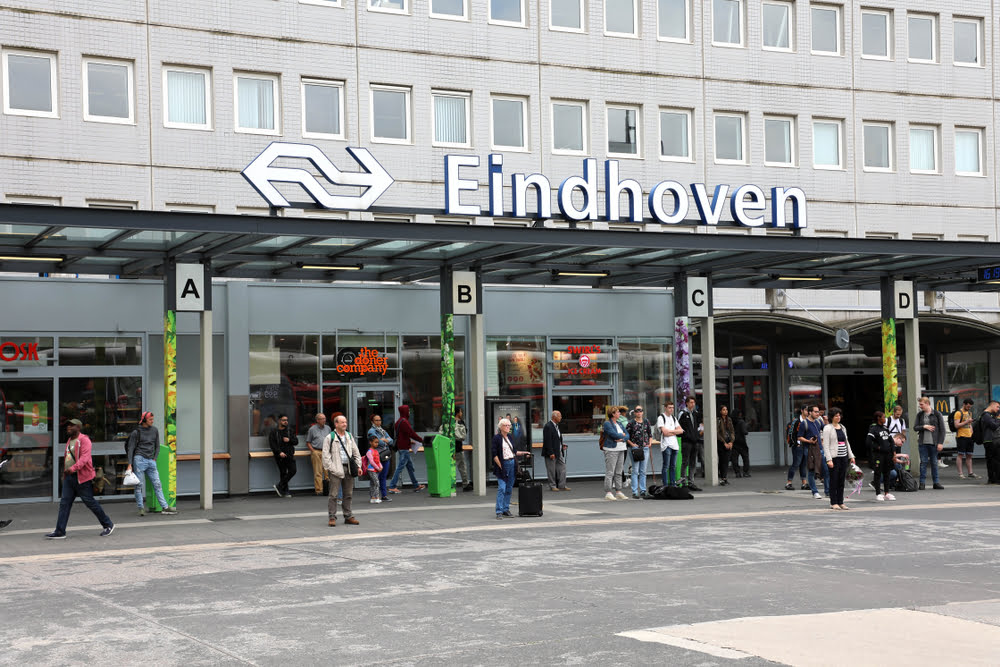Many are currently still forced to work digitally from home and make the most of it. But working from home has taken its toll. And yet many skeptical employers have learned that productivity has hardly suffered from working from home. Now that the light at the end of the lockdown tunnel has become visible, many companies are starting to consider how to set up offices and meetings after the pandemic. Anyone who regularly takes to the road now will notice that he is not the only one. Traffic jams are increasingly common. The call to stop organizing physical meetings or appointments before ten in the morning and preferably after four in the afternoon is growing.
smarter from 'smart' lockdown
There is an awful lot at stake. The forced quarantine by the corona virus is an attack on the well-being of many people. When Marjan Rintel started as the new NS director last year, she probably did not expect empty trains to become the epitome of public transport. But who has missed the traffic jams and full trains in the past year? It is now important to implement the reorganization of rush-hour transport. Universities and colleges are largely responsible for the morning rush hour in public transport. The traffic jams and full trains will probably return, but if you want to implement flexible working hours and school hours, it is now or never. We may already be late and have not used enough to reorganize transport in the past year.
Also read: Tax regulations for business mobility are complex


